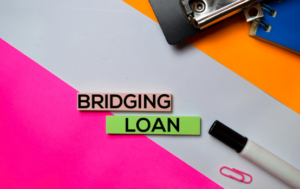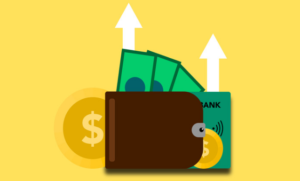Table of Contents
You may need a bridging loan for short-term cash flow. Bridge loans can help you move forward with a fresh project while awaiting proceeds from a previous one. You can use a bridge loan to purchase another property while waiting for your present one to sell. This guide will discuss bridge loans at length and highlight why they can be the best option for some borrowers.
Bridging Loans Types

Whilst there are many types of bridging loans, they tend to fall into two categories: open and closed.
Closed Bridging Loans
A closed bridging loan is a type of short-term financing where the repayment date is known and agreed upon contractually. These loans often have lower interest rates than their open counterparts. You will repay your loan based on your loan term, usually determined by the closing date. You may also get this perfect loan type if you are awaiting a property sale.
Open Bridging Loans
Open bridging loans have no defined repayment date, but many brokers will expect you to pay off your debt within twelve months. Your broker will typically want some proof of a feasible repayment strategy before connecting you to an open bridging loan. This evidence can be equity sold from a property or taking out your mortgage. Furthermore, your broker will want proof of your buying property and how much you want to pay. Finally, you may also need to submit evidence that outlines your practical plans to find a buyer for your present property if necessary.
First And Second-Charge Bridge Loans

A thorough property assessment will be carried out on your property, and a charge put to it when you borrow a bridging loan. This charge is a deal that dictates which brokers will get their money back first in case you can’t pay back what you owe. If you default on your loan, your property will become collateral for a first and second charge bridging loan.
Also, if your property still has a mortgage, your bridging loan becomes a second-charge loan. As such, you will repay your mortgage before the loan if you fail to make some payments and have to sell your property to repay what you owe. However, if the property was yours or a residential bridging loan was helping you repay your mortgage completely, you will get a first-charge bridging loan. Consequently, you will repay your bridging loan before other debts if you can’t keep up with your payment.
Bridging Loans Cost

Bridging loans provide fast funding and are priced per month instead of annually, but can be expensive, with monthly costs between 0.5% to 1.5%. They also have a 6.1% to 19.6% APR, so they cost more than your average property mortgage. You can also pay about 2% of your desired loan amount in set-up fees, so these loans are ideal for the short-term only.
Borrowing With Bridging Loans
Reliable brokers such as Finbri can give you £25,000 to £25 million, depending on your case. If you obtain a first-charge loan, it is possible to borrow extra than if you went in for a second charge loan.
Alternatives
A let-to-buy mortgage might be best for you if you wish to move but don’t want to put your property up for sale. You can accomplish this by remortgaging your present property and purchasing another one with the equity you free up.
Author Profile

- Blogger by Passion | Contributor to many Business Blogs in the United Kingdom | Fascinated to Write Blogs in Business & Startup Niches |
Latest entries
 BusinessDecember 12, 2025The Smart SME’s Guide to Future-Proofing Physical Assets
BusinessDecember 12, 2025The Smart SME’s Guide to Future-Proofing Physical Assets FinanceOctober 28, 2025How to Measure the ROI of Your Promotional Product Campaigns?
FinanceOctober 28, 2025How to Measure the ROI of Your Promotional Product Campaigns? Home & LivingOctober 4, 2025Moving Forward When Leicester Family Dynamics Change
Home & LivingOctober 4, 2025Moving Forward When Leicester Family Dynamics Change BusinessSeptember 22, 2025Always-On SMEs: The UK Business Owner’s Guide to Seamless Travel Data for Sales Trips, Trade Fairs & Remote Teams
BusinessSeptember 22, 2025Always-On SMEs: The UK Business Owner’s Guide to Seamless Travel Data for Sales Trips, Trade Fairs & Remote Teams





